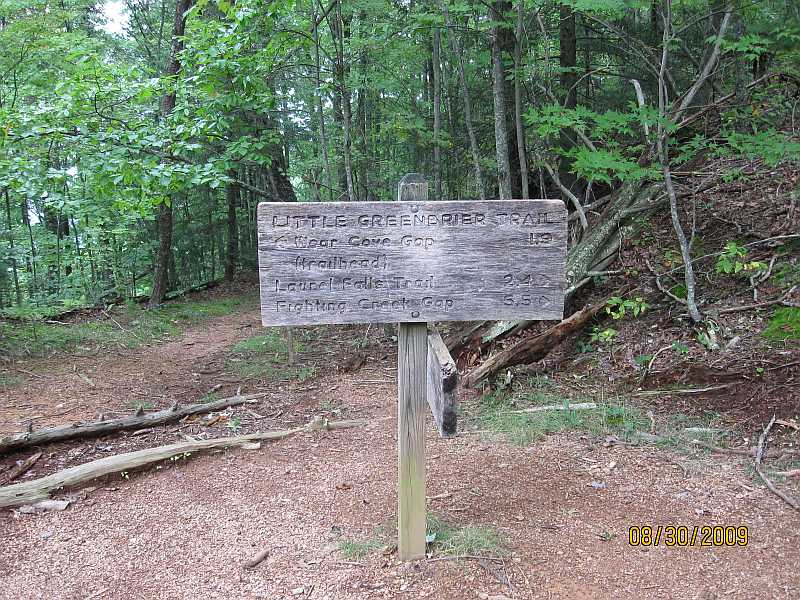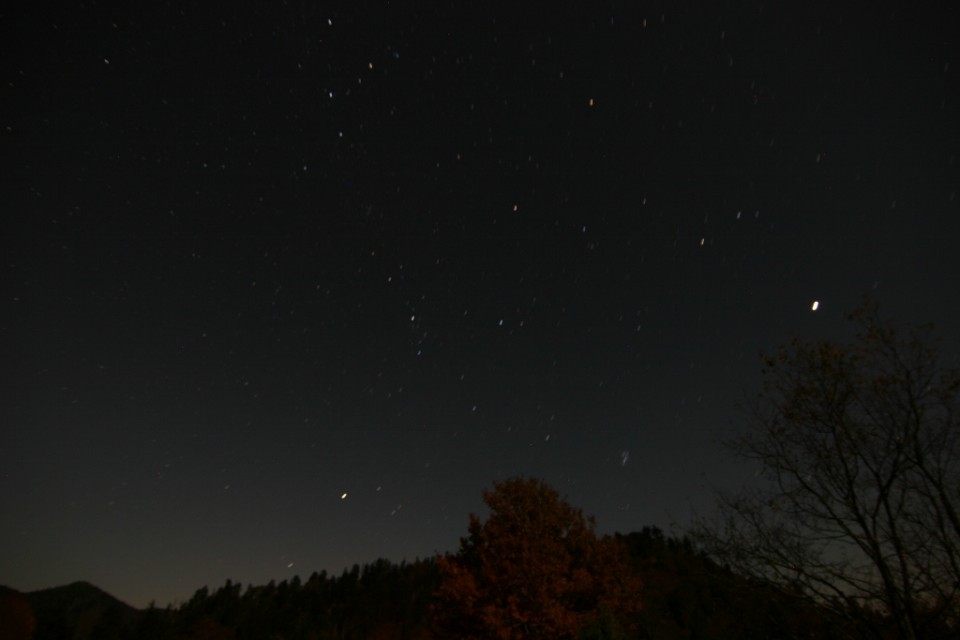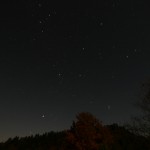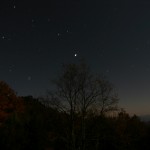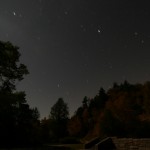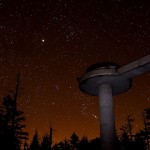Elkmont is located between Sugarlands Visitors Center and the Townsend Wye in the Great Smoky Mountains National Park. If you are coming from the Sugarlands end of the park then you will travel about 4.9 miles to the turn off to Elkmont which will be on the left as you head toward Cades Cove. If you are coming in from Townsend, you will travel 12.7 miles from the Wye to the turn off into Elkmont which will be on right hand side of the road.
Elkmont started out as a lumber area in the Smokies. The Little River Lumber Company started logging this area in the early 20th century. They put in a railroad system from Townsend to Elkmont to get the lumber out of the area and to get the lumber jacks into the Smokies. As the forest were cleared, the lumber company started to pull out of the area and the people of Knoxville and Maryville decided to make excursions into the Elkmont area for their summer vacations.
Elkmont quickly became a vacation spot for the uppercrust of society. The built home sin the area and came back year after year. The location of Elkmont along the river, the climate during the warmer summer weather and the feeling of being up in the mountains made this area popular enough that in 1912 Charles Carter built the Wonderland Hotel on a hill overlooking Elkmont. This inn became the ‘in’ place for visitors to stay when they wanted to get away to the mountains.
In the 1930s, the vacation spot of the Smokies begin to change. As the land was being purchased for the establishment of the National Park, the section known as Elkmont was chosen to be included. The people that owned the vacation homes and the owners of the Wonderland Hotel were, needless to say unhappy with the loss of their property. Even though they were going to paid for the land that was being claimed by the US government, they didn’t want to leave the area. They were provided with life-time leases and though they lasted for a long time, even the Wonderland Hotel closed in 1992. The homes and the hotel were both left and have continued to decay without upkeep. Elkmont, the vacation area, have become a ghost town in the Smokies.
Elkmont is one of the best places to see the effect that the Smoky Mountains had on the people that lived around it. It was an economic source of prosperity to the logging industry, a place to vacation for the elite in the surrounding towns and part of America’s most visited national park. Now, it has a campground and is the site of the synchronous firefly phenomenon that occurs each spring. Hiking trails that wind around the ghost town area and one of the older cabins in the Smokies give you a two very unique looks back into history. Add to that a great place to trout fish and you are looking at plenty of outdoor activities and lots of fun.
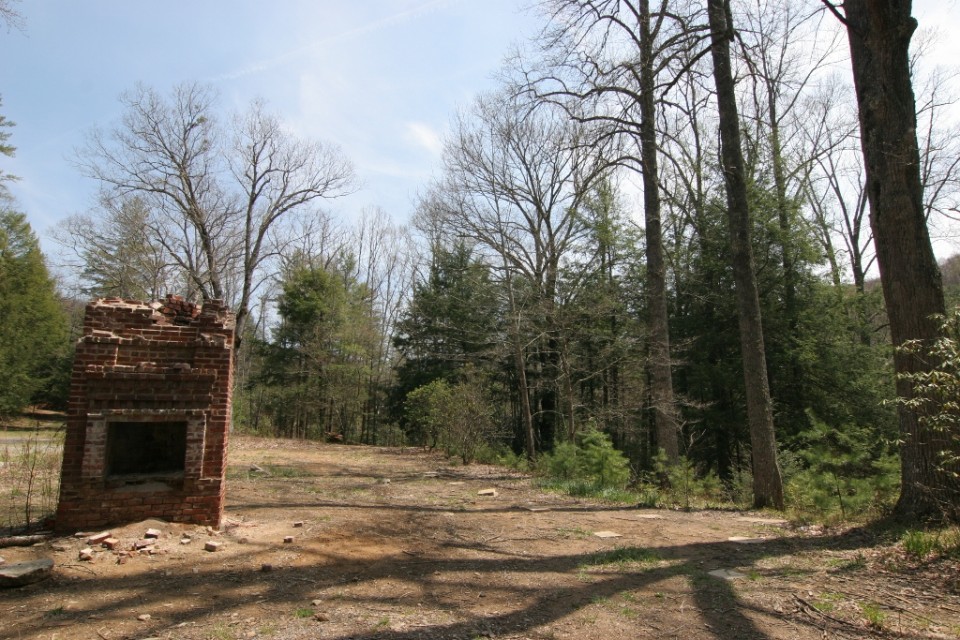
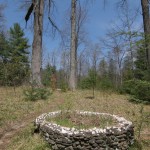
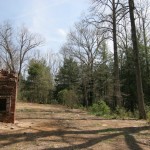
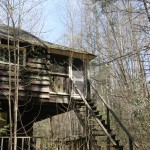
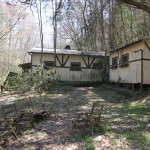


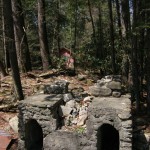
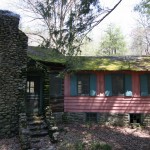
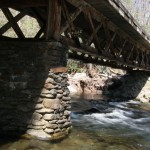
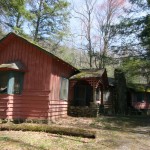
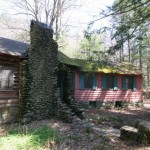
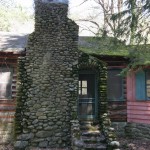
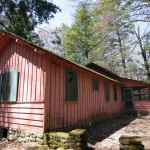
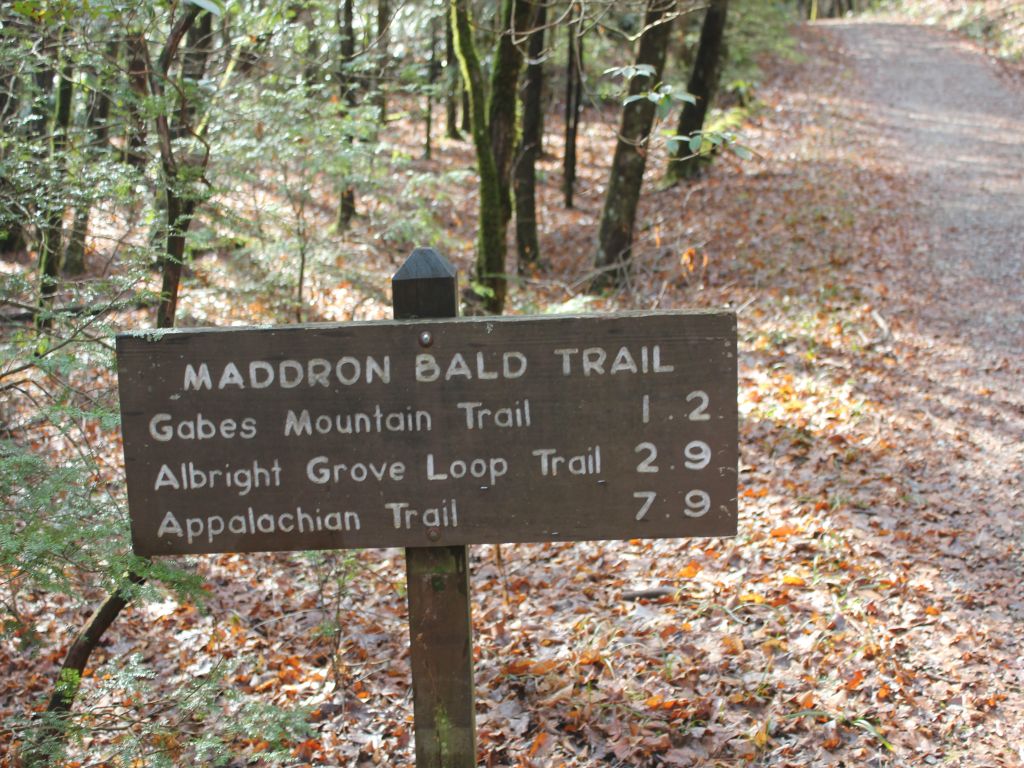
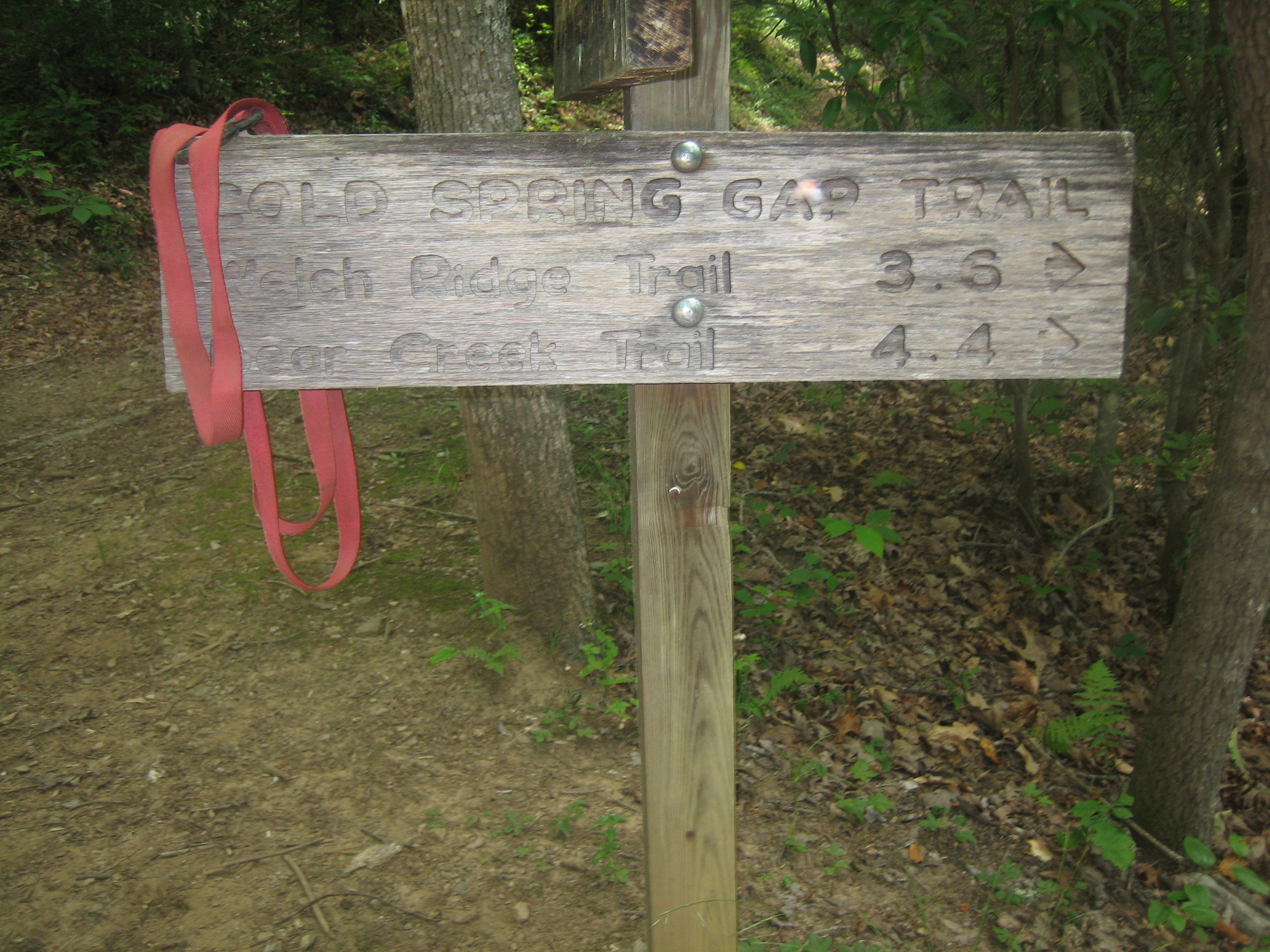
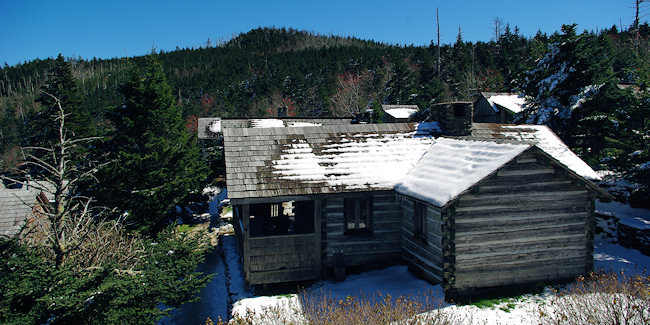
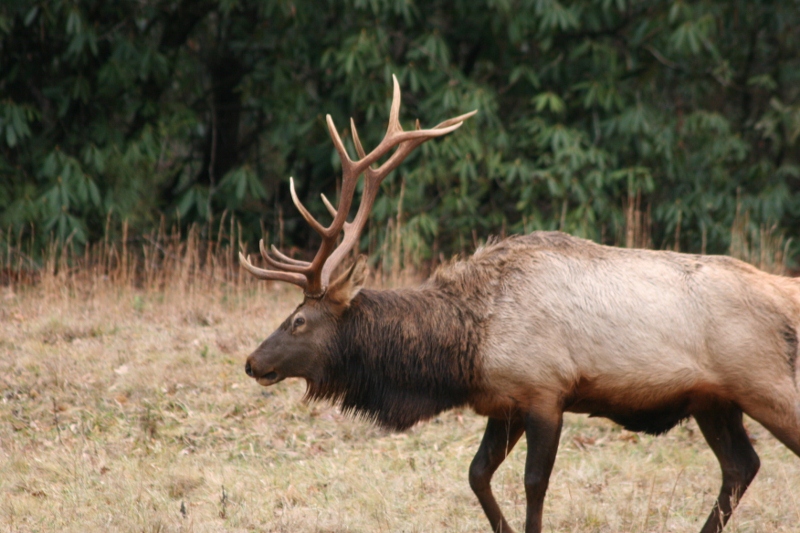
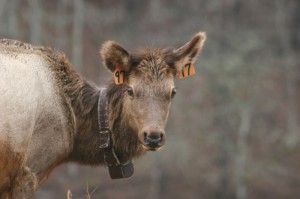 The elk is a big animal. Much bigger than the deer that are in
The elk is a big animal. Much bigger than the deer that are in 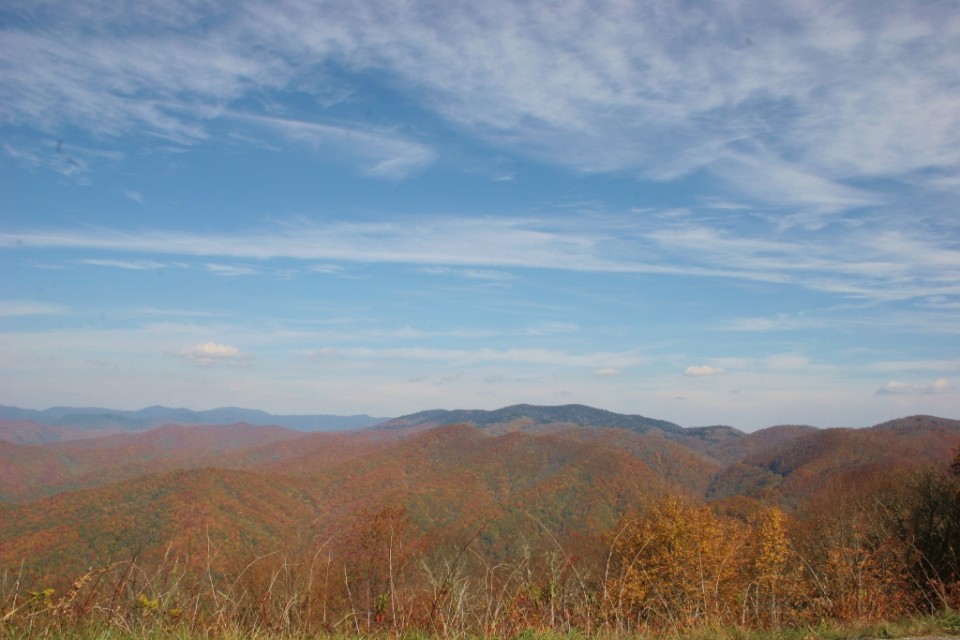
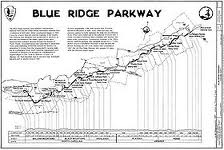
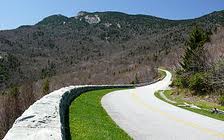 Milepost 469 – The Blue Ridge Parkway intersects with US 441 in Cherokee, NC
Milepost 469 – The Blue Ridge Parkway intersects with US 441 in Cherokee, NC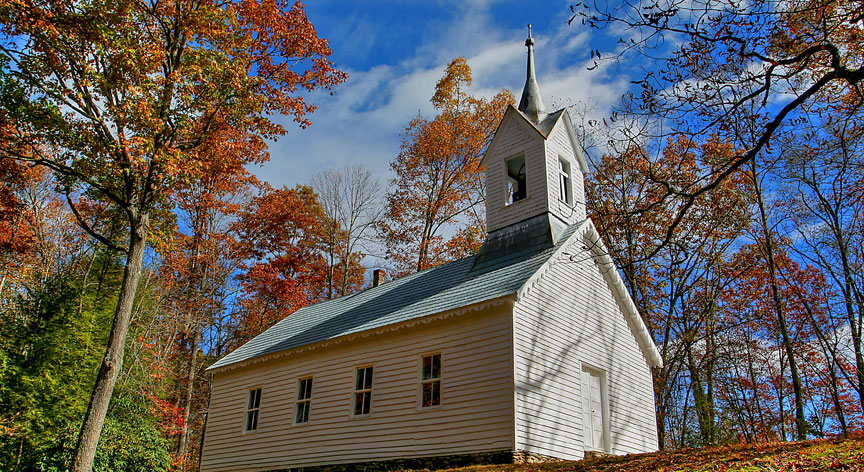
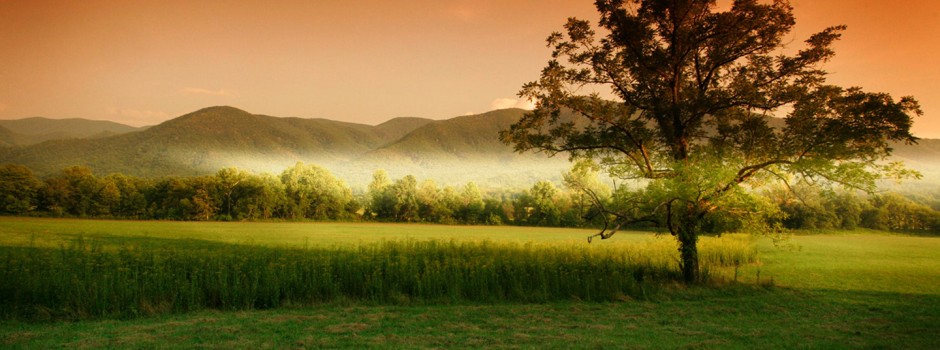
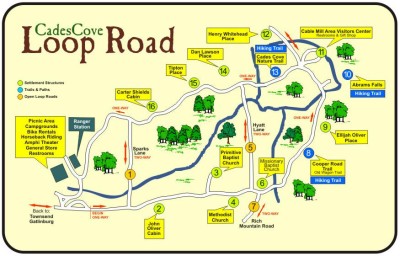
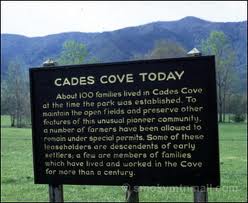 Obviously this is not all you are going to see as you travel around Cades Cove. You are going to see countless vistas, wildlife, wildflowers and much more. The reason that people flock to Cades Cove is the beauty, the grandeur of this spot that used to be home to a community before the Park Service took over. The sloping sides of the valley rise up to the tops of the mountains. If you make it there early in the morning you could watch the morning fog roll over the mountain, watch as the fog that gave these mountains their name floats down over the mountains and makes it way into the valley. You drive along in peace and solitude watching for the pits that are marked on one of the free guides you can pick up at the front of the loop road and just take in the beauty.
Obviously this is not all you are going to see as you travel around Cades Cove. You are going to see countless vistas, wildlife, wildflowers and much more. The reason that people flock to Cades Cove is the beauty, the grandeur of this spot that used to be home to a community before the Park Service took over. The sloping sides of the valley rise up to the tops of the mountains. If you make it there early in the morning you could watch the morning fog roll over the mountain, watch as the fog that gave these mountains their name floats down over the mountains and makes it way into the valley. You drive along in peace and solitude watching for the pits that are marked on one of the free guides you can pick up at the front of the loop road and just take in the beauty.